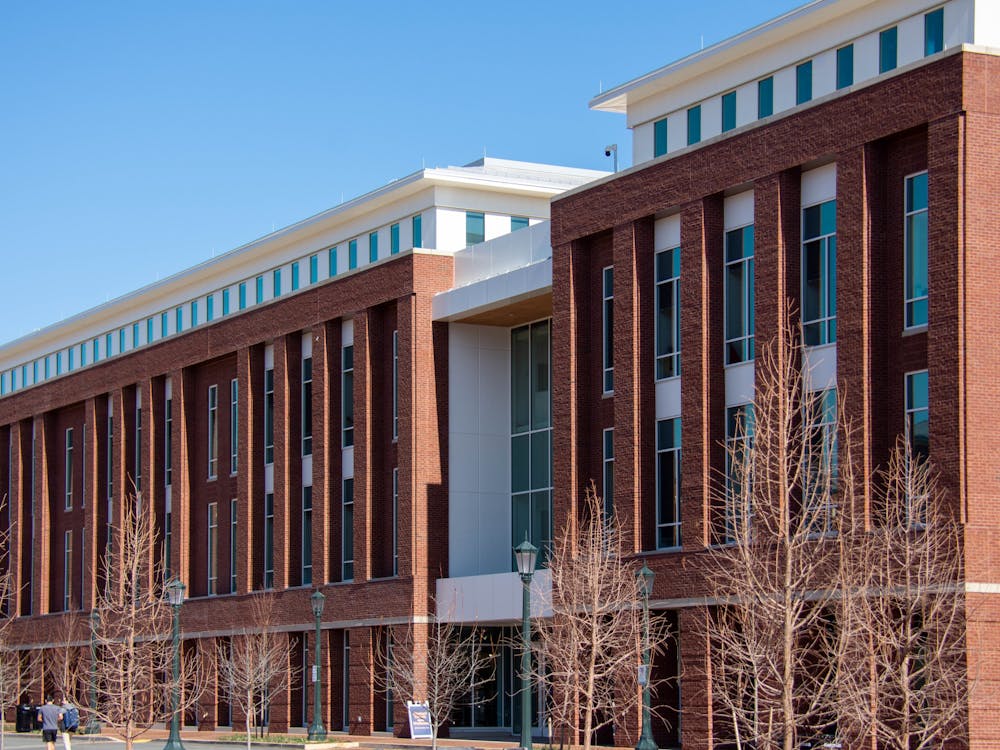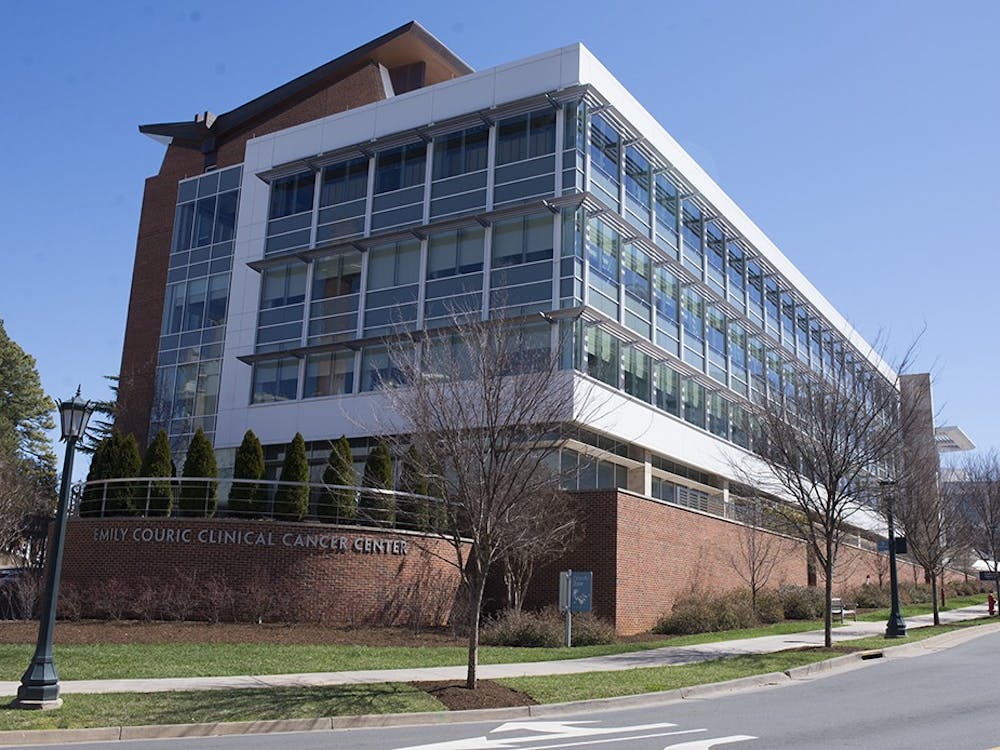University Radiology Prof. Stuart Berr has a lot of gadgets at his disposal. In one room, an MRI machine with a magnet 47,000 times stronger than the earth's magnetic field. In another, a black box similar to the one in the dining halls that makes soft-serve.
That is, a soft-serve machine worth $600,000.
But Berr is not in the ice cream business. He spends his time saving lives, one mouse at a time.
The mice, in a sense, are guinea pigs, testers for treatments of human illnesses. While not harmed, the animals endure physiological changes that help determine the causes and effects of various conditions, Berr said.
Berr, director of the University's Small Animal Imaging Multimodality Core Laboratory, uses detailed images of mice. His department focuses largely on cardiac research, analyzing the hearts of mice, which beat more than 500 times per minute, to better understand those of humans.
"It's important for the University to maintain a leading edge in the field of research," Biomedical Engineering Prof. Brent French said. "We have a tremendous opportunity to make significant progress in diagnosing human illness."
Berr will be the first to tell you his job is dependent on the findings of others at the University, particularly the late Robert Berne, professor emeritus of physiology.
In the 1960s, Berne discovered that when muscles work hard, they produce adenosine, which causes the surrounding blood vessels to dilate and thus increases the flow of oxygen and needed nutrients to the muscles.
With the help of a colleague, Berne came up with the idea of injecting adenosine into patients experiencing irregular heartbeats.
After several unsuccessful visits to large pharmaceutical companies, Berne pitched his new drug to a small business owner and cardiologist at a conference in Miami. The drug, known as Adenocard, is used today in ambulances and emergency rooms all over the U.S. and Great Britain.
According to the Patent Foundation, Adenocard has been the most profitable patent licensed by the University. It has brought in more than $26 million to the Patent Foundation, the University and its inventors over the past 15 years.
For his work, Berne received the American Heart Association's 1979 Research Achievement Award and Merit Award and the 1985 Gold Heart Award.
Such success may be a large factor in the National Institute of Health awarding Berr and French $2 million to purchases a new MRI machine with 9.4 Tesla, which packs 94,000 times the magnetic strength of the earth.
"Dr. Berne's efforts proved tremendously helpful in furthering the work of others at U.Va.," Berr said. "He put us on the map, and his own findings have been beneficial all over the world."
Berr said he will use the new device to analyze ways in which the heart utilizes glucose and its ability to employ sugars instead of fats, causing aortic stenosis, or thickening of the heart -- with the mice being the primary test subjects.
"We must maintain close interaction with these animals to further our understanding," Berr said. "There's only so much you can do with cells in a Petri dish."
Research laboratories use mice more than any other animal species, and rodents comprise more than 90 percent of all animals tested. Many University labs receive the mice from The Jackson Laboratory in Bar Harbor, Maine. Each year, the company distributes more than two million mice in about 2,500 varieties all over the world, according to the company Web site.
Berr said he believes mice are essential for "gene knock-outs," meaning that certain inbred strains are ideal for creating embryonic stem cells. They also have a short generation time -- it takes them just 10 weeks after their birth to give birth.
The $2 million grant, according to Berr, will enable his team to gain higher spatial, temporal and spectral resolutions of the mice. In addition, Berr said he and his staff will continue to study heart disease, atherosclerosis (build-up of the artery) and gastric cancer. With the new scanner, Berr said he will image a mouse's aorta, carotid arteries and stomach.
"The grant will enable us to go even further with our research," he said. "Now we will see the mice from new vantage points and gain a deeper understanding of heart and stomach conditions."
The 9.4 Tesla are forthcoming, but his department always busies itself with the next challenge or great idea.
And while Berr's lab is an expensive endeavor, sometimes his tools are flying just outside his window.
The radiology department works with bladder cancer and uses fireflies to verify its findings.
Berr and his staff inject several mice with the gene for bladder cancer and genes from a firefly.
When the animals go under the imaging machine, Berr relies on the light from the firefly gene to determine if the mice maintained the bladder cancer. Then, he can use those carrying the cancer to do further study.
For Berr, the fireflies are a necessary piece of a complex process. And with grants and testing equipment in the million-dollar range, he said it is fortunate to have certain components at a net's reach.
"The new MRI machine will greatly improve our knowledge of certain diseases, but we will always be looking for creative ways to better understand disease and the human condition," he said.






